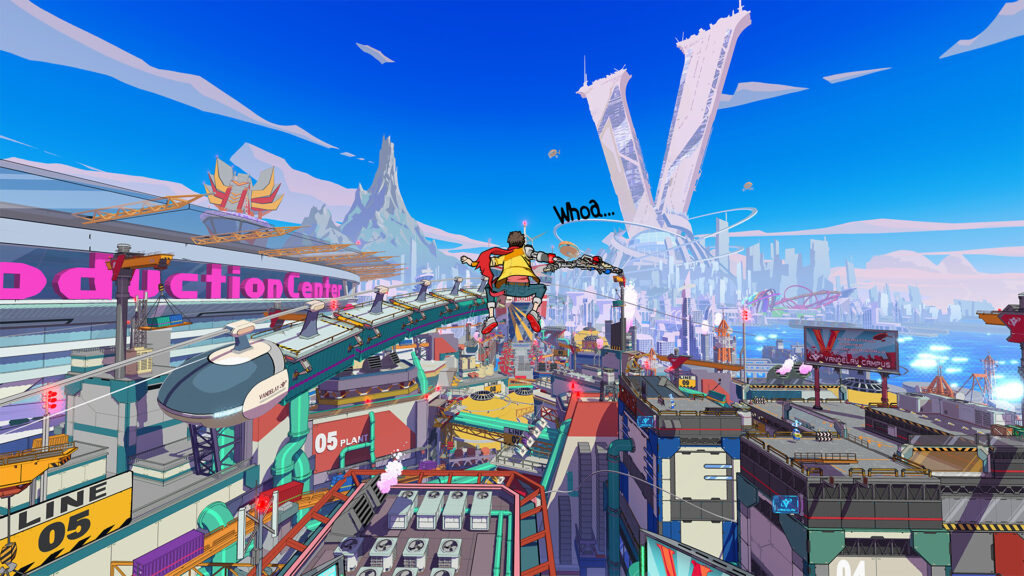
Back in January, Tango Gameworks and Bethesda released one of my favorite games of all time with Hi-Fi Rush. As someone who adores character action and rhythm games, blending both together seemed like a perfect fit for my taste, but Hi-Fi Rush did so much more. I’ve played many times already across Steam Deck and Xbox Series X, and I’ve had the pleasure of chatting with John Johanas of Tango Gameworks about Hi-Fi Rush, his career, a potential sequel, Korsica content, using licensed music in games well, the games he enjoyed recently, and a lot more. With Hi-Fi Rush’s one year anniversary next month, I knew it was time to chat with John. This interview was conducted on a video call for the most part. It was then transcribed and edited for brevity in the case of some portions.
TouchArcade (TA): For those who don’t know you, tell us a little bit about yourself, and your role at Tango Gameworks.
John Johanas (JJ): My name is John Johanas. I’m currently a game director, creative director, whatever you want to call it. We just call it director here at Tango Gameworks, and I joined the company when they started around 13 years ago. I’ve been there since the very beginning, working on basically every project. I had no experience working on games before this. The first game I ever worked on was The Evil Within, then I was in charge of the DLCs and the sequel, and then after that, I started working on what became Hi-Fi Rush.
TA: So how did you get into Tango Gameworks then, since you mentioned you didn’t have any experience before?
JJ: Yeah, I literally just applied on the website, and was very open about the fact that I had no experience, but was just very interested in making, this was 13 years ago, like the PlayStation 3 era. There was this weird kind of time in Japanese game dev stuff where a lot of people were saying, you know, these games are too Japanese for Western audiences. It was this kind of running narrative. And I was like that’s not, I don’t think that’s the case. And if it is, maybe it’s a localization thing, maybe it’s just the way some features of the game are implemented that aren’t as user friendly. So that was kind of like my pitch. Essentially when I was talking about getting involved, I was like I don’t like this perception because I grew up playing Japanese games. I was living in Japan at the time, and I was like I’d just love to help out for whatever we’re making to make it so that is not the case for what the studio decides to make. That’s just based on me being a fan of games and playing games my whole life.
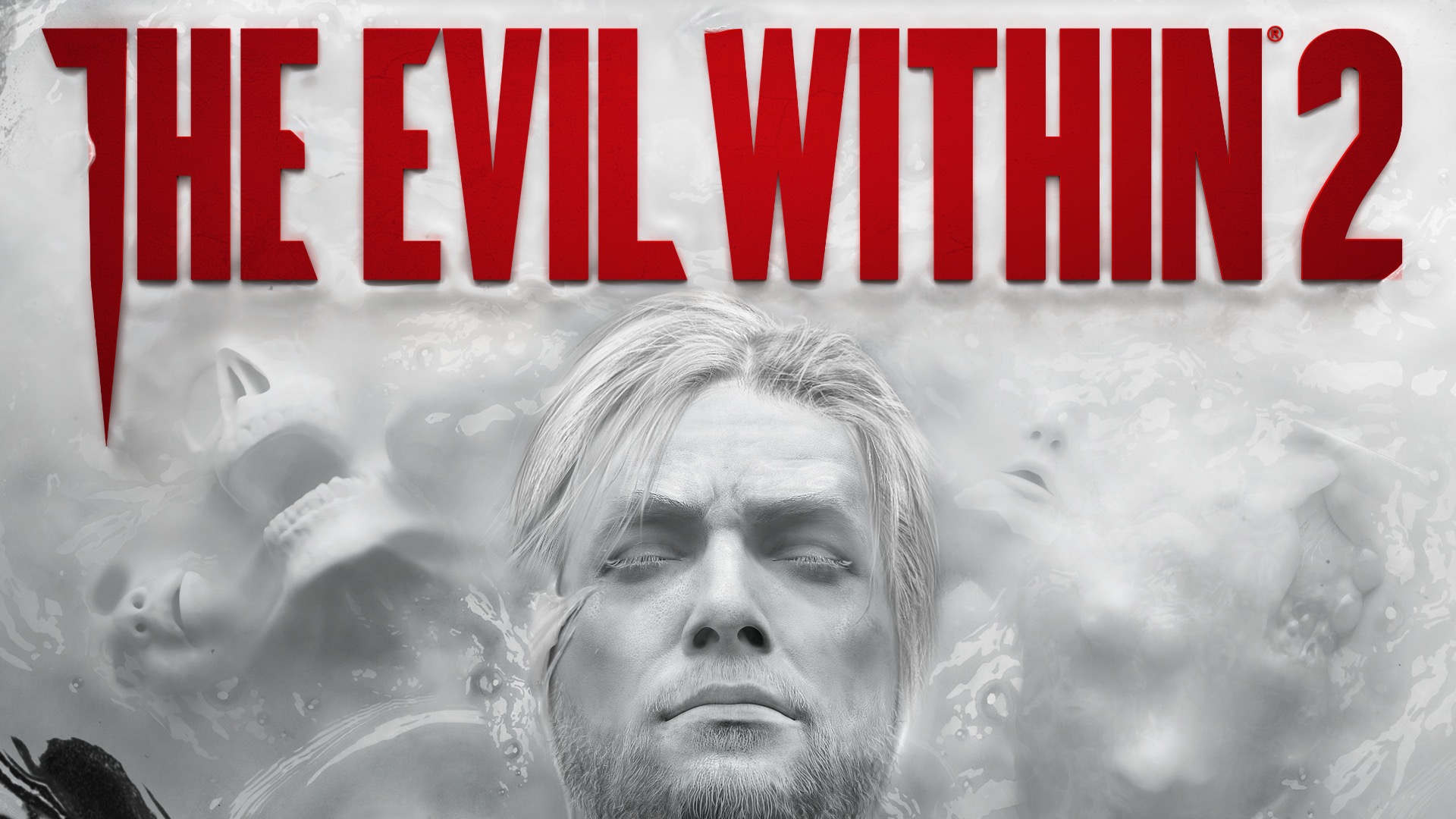
TA: Was there any specific game you played at that time which told you in your head that you need to get into the industry now?
JJ: There wasn’t a specific game that’s like, wow, now I need to get into the industry. Actually it was a little bit circumstantial. I actually didn’t even plan on this being like a career choice at all. I wasn’t pursuing it. I was planning to almost go on to higher education, like graduate school, and I just stumbled upon this site and was like, hey, you know what, why don’t I just throw a resume there and see what happens, you know?
Worst case, I have a great story to tell a couple years later that either I applied to this studio and didn’t get a job, or I applied to this studio and then got fired right away because I have no experience, but it’ll be a good story to tell.
I think at the time when I was living in Japan, I was just playing. I think I just got a PS3 late into when it was out and I was just going through the catalog of games, and I was obviously very impressed by modern gaming at that point. Just how, how complicated and also how the fidelity and the scope of them was getting so big. It was very interesting to me, but I obviously didn’t know how they were made. That was a mystery.
TA: Since you mentioned you joined from the start at Tango Gameworks, how was it working with Shinji Mikami?
JJ: It was great because he’s a person who is very hands on with development. You sometimes hear about directors or project leads, they’re in like an office, and it’s very top down, and they give orders, and you just do things. He’s very proactive in letting people get involved in having ownership over the things that they were doing, even if they made mistakes. And then he would know to jump in and help out, or kind of let you fail, and see your own mistakes and things like that.
You could think of it almost like a mentorship in a way. You’re learning a trade by kind of watching and doing. It wasn’t like classes that I was taking to learn his method or something like that. It was just understanding that a lot of the game development is chaotic. It’s learning while doing, it’s trying, failing. And you got to see that not from a person in the office, but from someone who’s literally sitting next to you who is a director of a project, but still makes these mistakes and finds a solution and things like that.
In a good way it kind of took away the sort of mystique of this like an invincible director who knows everything. It almost humanized the experience.When I work on my projects, I make sure to keep that tradition, or those lessons I learned alive by making sure that there’s ownership, and making sure that you’re involved at all levels. It doesn’t feel top down and just sort of handing out orders.
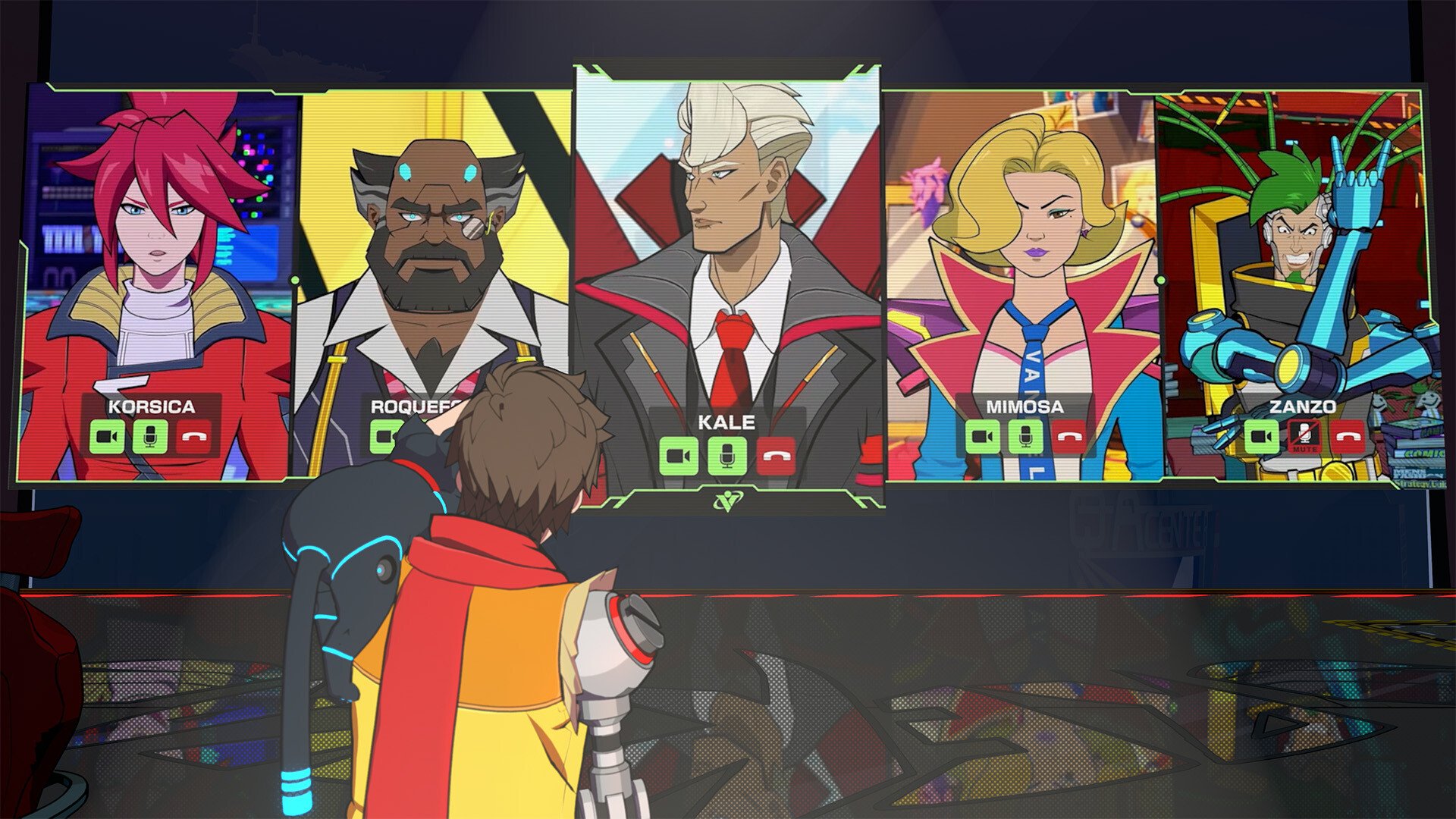
TA: You worked on The Evil Within, then you directed the DLCs, and then you did The Evil Within 2 also in that same position. Then came Hi-Fi Rush. Out of these projects, which was the most fun so far, development wise.
JJ: I would probably say Hi-Fi Rush slightly actually exceeds the DLCs from the first game for some reason. The DLCs were kind of fun in a different way because they had a short development time, but we got to try something new, and try to do something different. We failed a lot and did a lot of stuff quickly, but we also kind of did what we wanted to do. So it was fun to have like, I almost felt like running, like a Sprint, in that sense, and to get see it done and to get out there very quickly.
Hifi Rush in general was a very, very fun game to make because of just how ridiculous it is, and how fun it is to play. But it was a very long process of making it, and it was very, very complicated to make. So sometimes there were a lot of smaller details that were a little bit overwhelming at times. But at the end of the day, when we were playing the game, it was just incredibly fun just as developers to play and enjoy your game, which is kind of rare because you usually get sick of a game that you’ve been playing for years. But we did enjoy it.
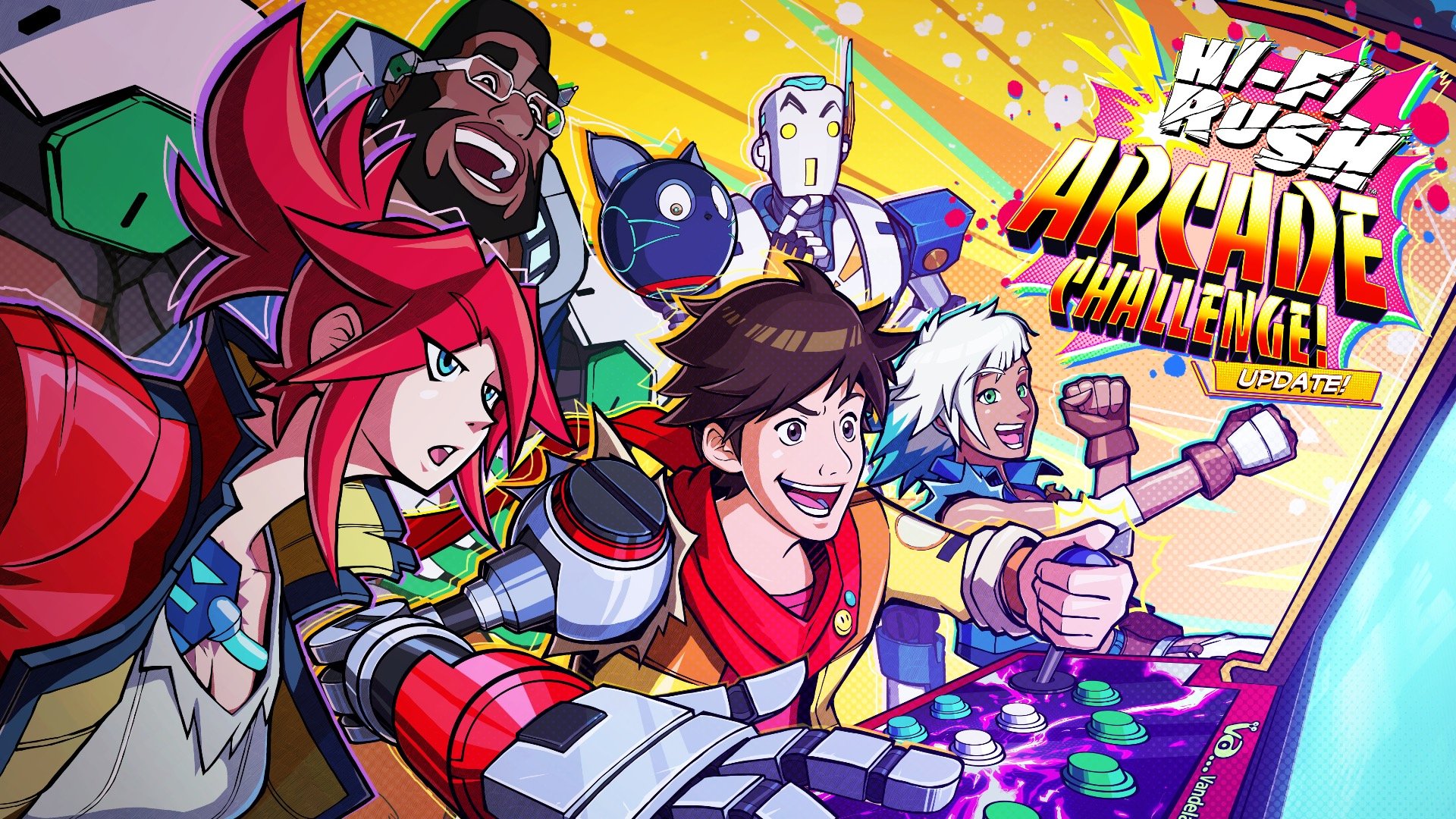
TA: I keep hoping every few months that there will be some new DLC or something which will give me an excuse to replay it. Since launch, there have been some notable updates with game modes, fixes, and there have been three paid cosmetic DLC packs. There’s been an Amazon Prime DLC thing as well.
At this point, I asked John if there were plans for an update to celebrate the first anniversary of the game. He said the team is looking at player feedback but can’t announce anything. I then asked how the team felt about the unanimously positive feedback to the game from launch.
JJ: It was a little bit weird, because we’re used to seeing a good mix of, you know, positive feedback, just general negative feedback. People just don’t like the game, or a lot of things they want improved. But it felt so bizarre to us because our development was so much done in the dark that no one knew about this game. There wasn’t any sort of preview cycle. So it was coming out, and we were wondering about the stuff we put in, and whether players were going to like it or not. And like you said, this sort of almost unanimously positive response, almost caught us off guard in a way because we thought, we have the stuff that we wanted them to say. Everyone seems to be saying. The sort of positivity around the game in general, these are all like bullet points on our initial draft of when we’re pitching the game. We wanted people to say this and it was our goal for the game, and people were just saying that. It’s almost like we’re looking through the comments for anything that could give us help to figure out what we do wrong? And most of the negativity that we did see was honestly like “this game just isn’t for me, but I can tell it’s very well made, very well crafted. It’s just not for me.” And we’re like, that’s fine.
It’s refreshing from a game developer perspective to have that positivity, and not be always thinking like oh we should have done this. So there’s not a lot of regret, and more just kind of excitement that comes from that.
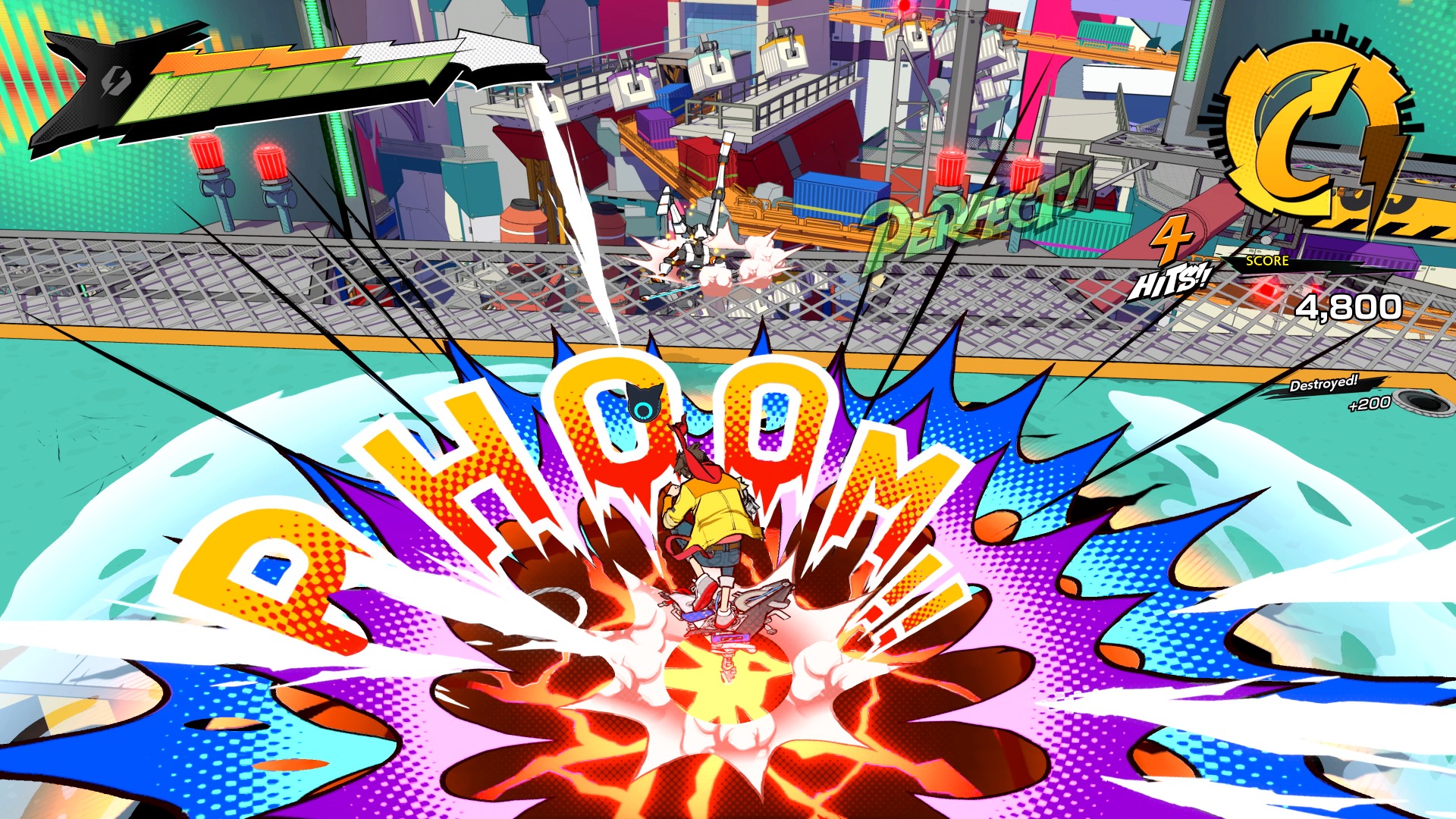
TA: When I was playing the game, the only criticisms I saw was not even that, but just people who don’t like or aren’t good at rhythm games not enjoying or being able to play it. But then I think the accessibility stuff improved quite a bit with parry through the updates. So even people who don’t like those things now can just play it like an action game. I’m wondering how that is from your perspective when you see this game designed in a specific way. Do you think the accessibility options for rhythm gameplay lessens the overall impact since some won’t get the full experience with all the mechanics?
JJ: I think with accessibility stuff like that, if the end goal is that someone just enjoys the game because it’s there, I don’t think it’s our place to say that that’s an inherently wrong way to experience the game. I think that we designed a game around that there’s a way that we intend you to play it, but if there’s a way that allows you to play it in a way that may be easier, like like again, maybe there’s someone who’s just not rhythmically inclined and has difficulty with like the parrying sections. We thought that we were kind of doing our best. We did a lot of kind of behind the scenes work to sort of cover for people who maybe have difficulty with it. But looking at the feedback, we added in the sort of auto parry system, so essentially it removes all difficulty from let’s say like the Korsica boss battle for example.
So that was something that internally when we were first going through it, we’re like, well, you know, this is a test we want you to kind of experience this because if you can just glide through it then the next sections you’re going to get caught up on it. But then we realized that if someone’s, this is legitimately preventing someone from enjoying the game, then it’s an option that you can turn on. We have no issue with that. We did design it with a lot of accessibility in mind. Even though it’s an audio game, everything has the visual element in a sense. The idea was that even if someone who’s hard of hearing was playing the game, they could directly play because there’s a visual aspect to everything as well. We’re very sort of proactive in making sure that it was accessible to people who need accessibility things, but also from just a general game perspective you can understand how to play the game. It wasn’t too difficult, but if you wanted it to be difficult, you can raise the difficulty as high as you can. So we were very conscious about that.
A lot of people are very sort of protective over things like this is the intended way a game should be played. But when you’re just trying to make a game that’s about having fun, you don’t want to make anything that could prevent people from enjoying it.
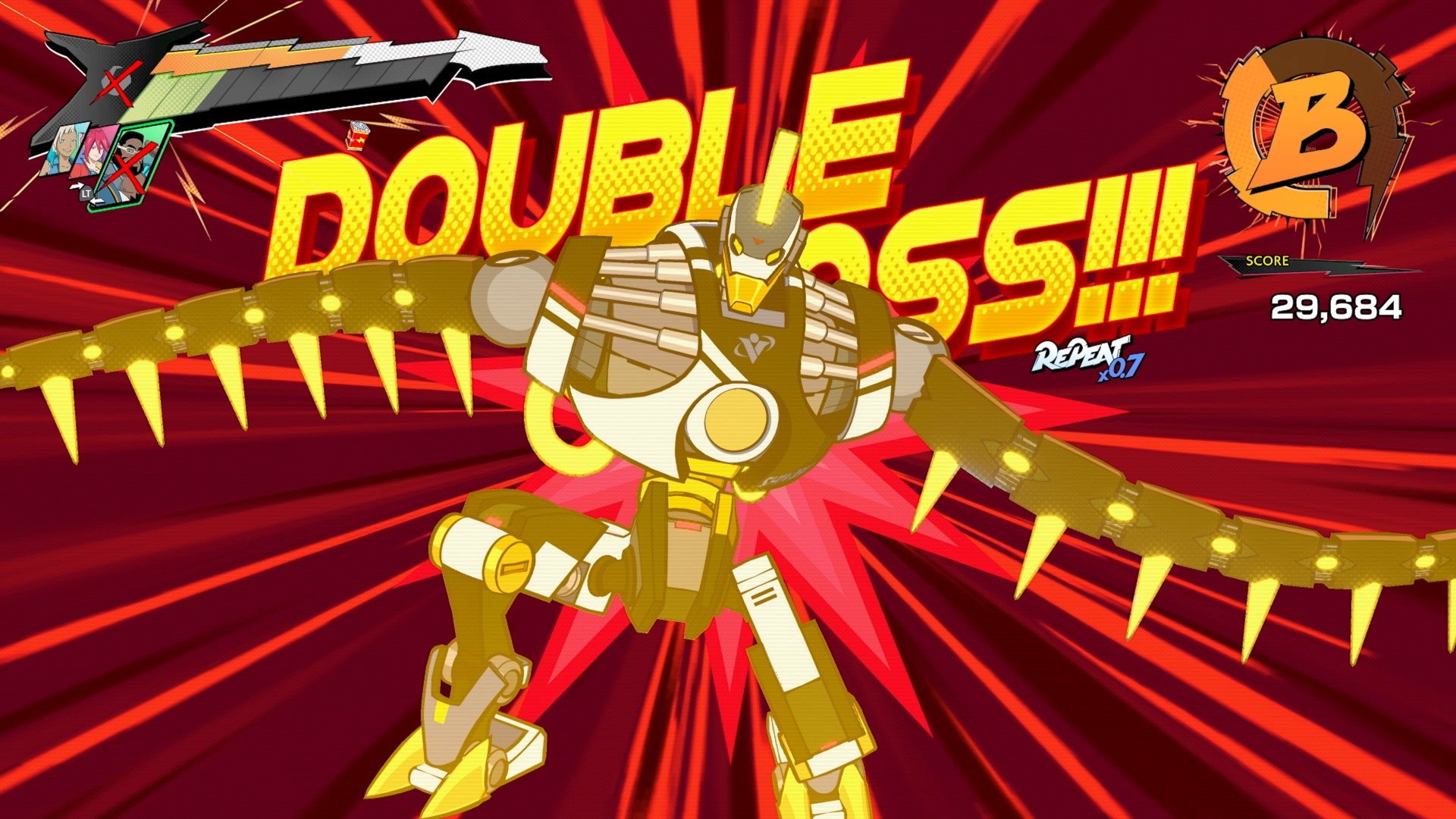
TA: So Hi-Fi Rush runs at 1440p 60fps on Xbox Series S and 4K 60fps on the Xbox Series X. I played it on the latter and on Steam Deck where it looks and runs amazing. I wanted to know if the team considered a 120fps mode on Xbox consoles.
JJ: I think there was a brief moment where we spoke about it. So the issue in general, the reason why we targeted 60fps, I think people have that kind of misconception when they think about frame rate stuff. It’s like when you target to hit a frame rate, it’s not something that just the programmers do. It’s something that the entire team has to work on. They have to work on all the assets in the game to make sure that they are made so that they run at a certain spec. We were at a point like early on where we were kind of figuring out what we would need to do to make it run at 120fps, and if we wanted it to do that, it would have to be solid for us. If it isn’t, what happens is audio desync occurs which would affect the gameplay experience.
We kind of saw what we need to do to maybe reduce fidelity to get it to run at 120fps. It wasn’t just for example, just lowering the resolution. It would be like turning off various shaders, like changing the graph, like the polygon counts on lots of things. A lot of work to do that, and we weren’t sure that it would hit 120fps solid the whole game as well. So that would be an incredible amount of work to hit that. I think it would be great to have, but from a limited dev aspect we needed to sort of like draw the line and for us 60fps was a very clear goal that was achievable.
PC users can’t actually go up that high. So we do that. But when we’re dealing with various system specs, we wanted to ensure that we got the experience that we wanted out of that console.
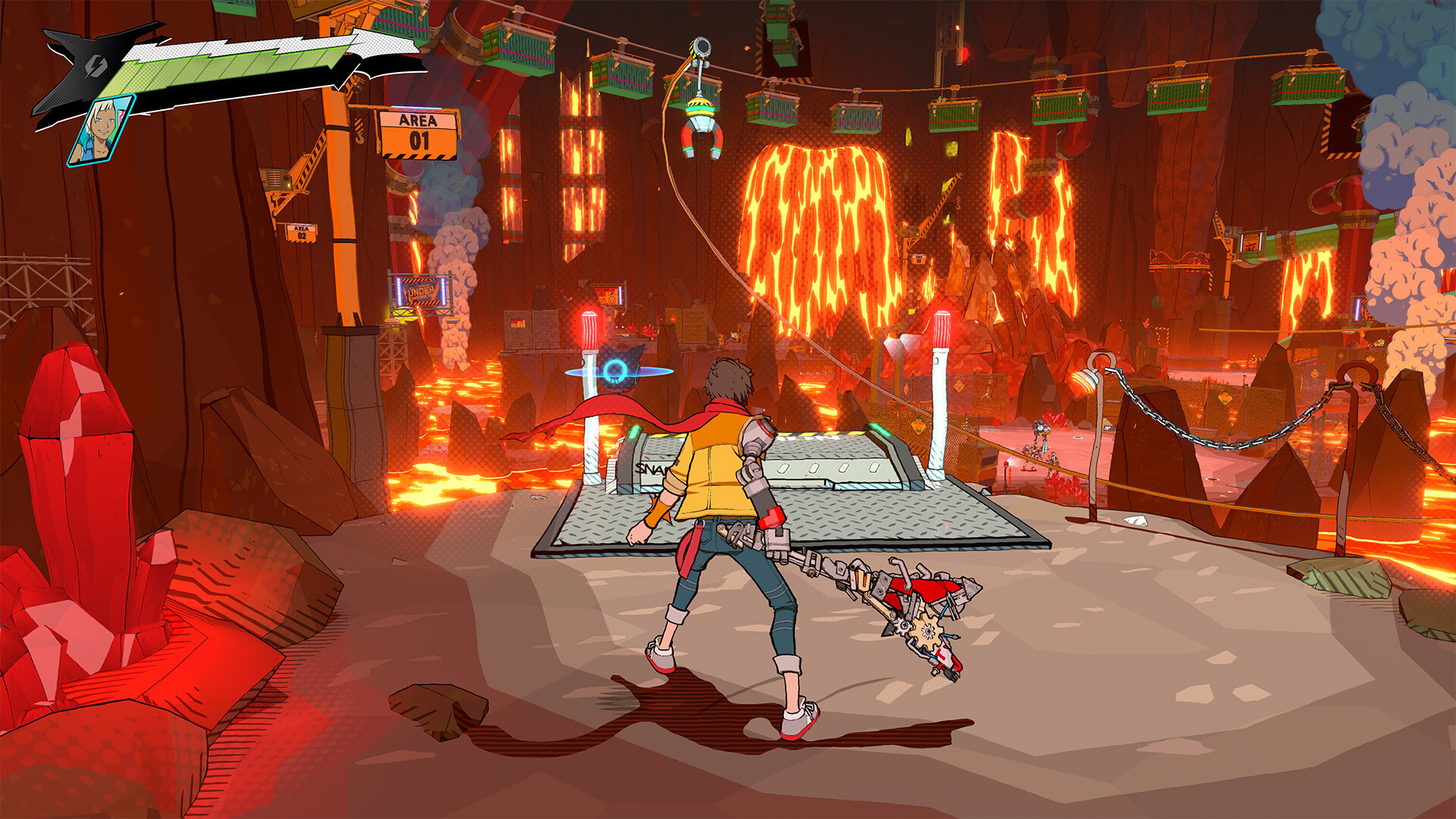
TA: When I played it, another thing I noticed is that the game has a very good rumble on the Xbox controller. I wanted to know if the team considered implementing PlayStation DualSense functionality in the PC. I thought a game like Hi-Fi Rush would dramatically benefit from haptic feedback on that controller on PC.
JJ: I know we didn’t consider when we were making it only because I know that there are lots of issues in general with making sure that controller support is working on Steam. Basically with how we’re developing with sort of basically this maybe Xbox first mindset in that sense, we were looking at making sure that it worked with that controller set, I actually don’t know. This would be a better answer for the programmers. I don’t know what tool set is required to make it run okay on PC with the haptics with, but I know that it specifically didn’t come up.
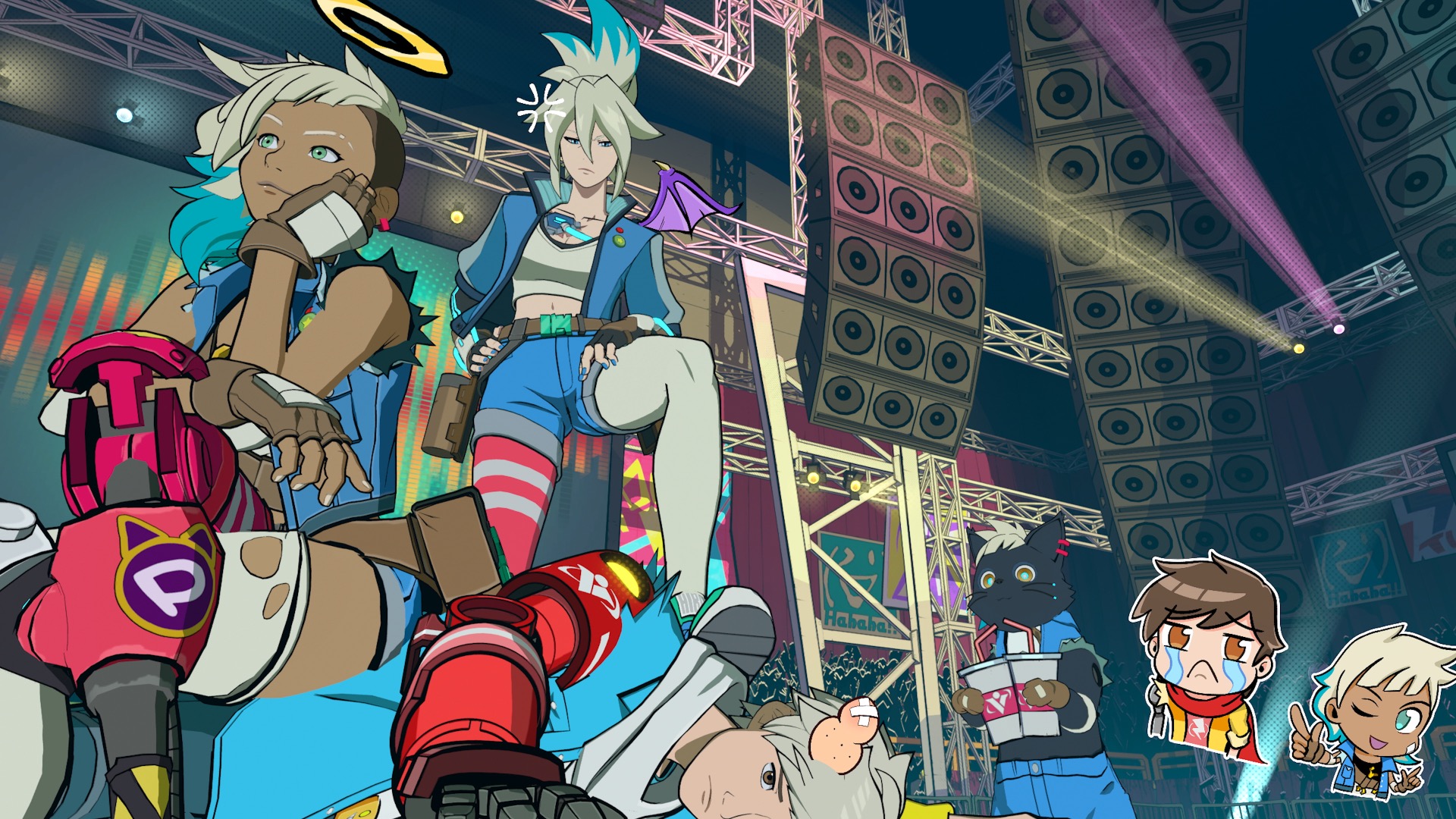
TA: Ok now let’s talk about Hi-Fi Rush merchandise. When are we getting Korsica merchandise?
JJ: Well the merchandise stuff isn’t up to us as developers. We have a great licensing team at Bethesda who works on stuff and they kind of look at what people want. So I think if there’s certain stuff you want to see, make sure you’re telling Bethesda what you think is great. Obviously we’d love to have cool merchandise for all the characters and we’d love to have all this. But yeah, you can tell me. Of course, I’m on your side. I want tons of cool stuff.
TA: When I played the game in January, I was hoping to see a vinyl soundtrack and a physical release. The former happened. Is there any news on the latter?
JJ: I don’t have any news for you. I do think the physical release is something in general that we know that there’s a huge demand for. I can obviously see that there’s just like general trends where some games are now just getting digital only releases like that. We’re always open to the idea of maybe or maybe doing something like that if the opportunity arises.
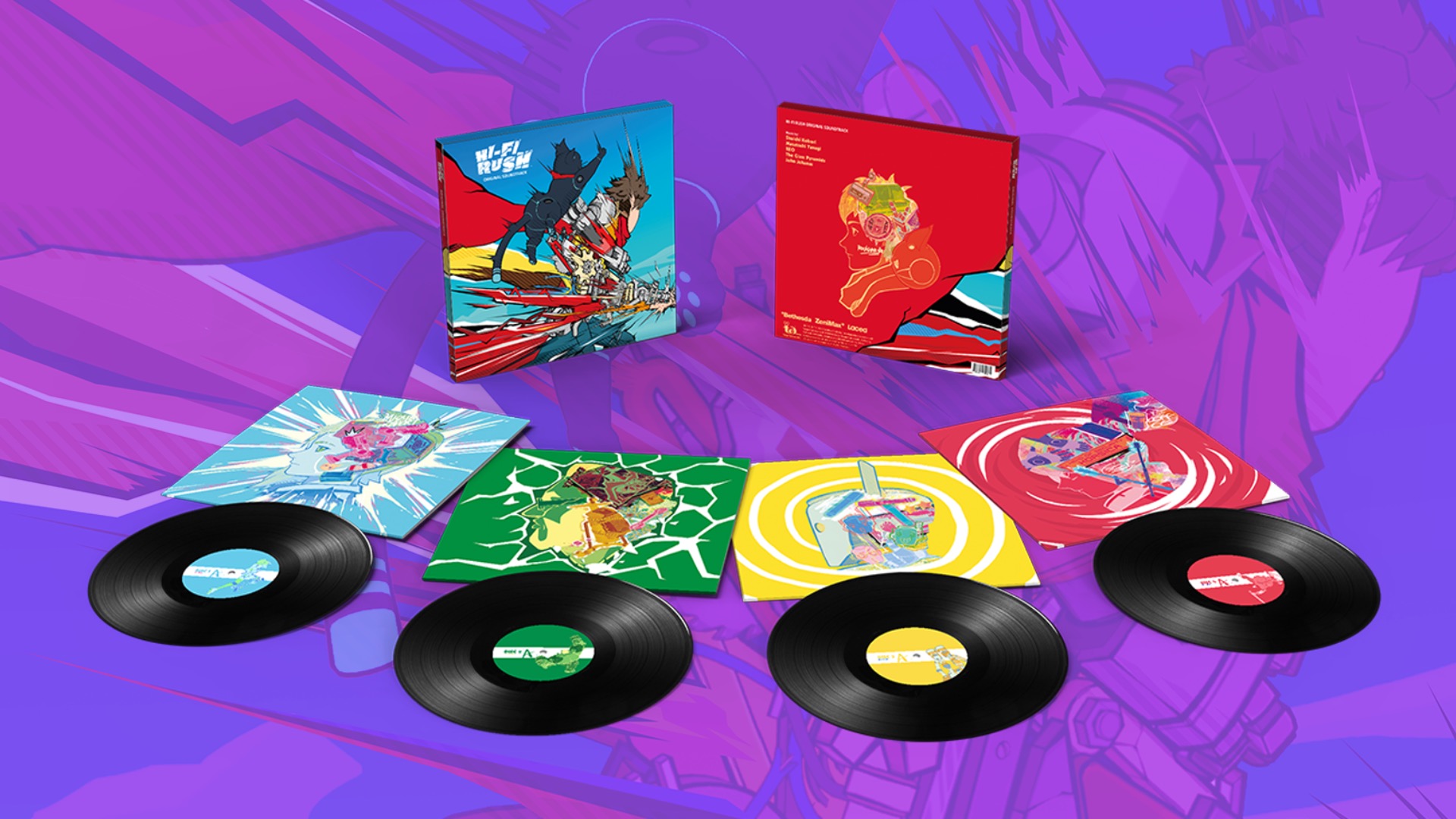
TA: I also wanted to know if there were or are plans for an artbook because the art in the game is amazing.
JJ: It’s not as easy as just making an art book for this stuff. It’s a lot like licensing and things like that. Obviously the team loves the art, and you know they did a great job of making a compilation of all the models, and not everything, but because we have an insane amount of original art for this game. Each individual artist put up on their ArtStation profile online, which is great to see a good scope of that. Having it in a physical form like that I think would be great. I know we did it for the first Evil Within. We had an art book that’s really cool and I think the colors, just the art in this game is incredible. So again, something we’d love to explore if the opportunity rises for this game as well.
TA: There has obviously been a ton of fan art and a lot of really good stuff. One of my favorite pieces of fan art for the game is actually from a friend of mine, and I think you replied to them on Twitter about Futurama and its influence.
Alright. It’s Saturday night. I have no date. A two liter bottle of Shasta, and my all Rush mix tape. Let’s rock. #HiFiRush pic.twitter.com/JIKjgCykLb
— Virtua Sanus (@SegaUranus) February 5, 2023
JJ: I do remember this. I thought this is great for multiple reasons. A, just because it’s like it is just a good piece of art. But also because you know, Futurama itself was like a big influence on the game, like the feel and the vibe. Especially when I was pitching the idea of Chai, people were saying like you can’t have this character, this main character who’s not smart and is not like a hero. I use Futurama as an example of like, look at Fry. He’s definitely not the smartest person in this group, and maybe he does some clever stuff sometimes, but he kind of like falls into it, and and so I had had a lot of people on the team watch that show so they can get like the the understanding of this sort of like feel that we’re going forward.
So to see people pick up on that, and be like hey this is like a Fry-type character, and I was like yeah that’s exactly how I brought up to the team has mentioned it. I think that sort of that sort of weird sort of like loser you know hero thing, maybe is was a little bit of a cultural thing where I think me growing up watching shows like that, you see the little bit more and maybe American culture, and Japanese culture especially with games they try to push for heroes like very very strong character with few flaws, but like you know maybe dark past, you know is it’s the only thing. But I was like no, he’s just like a goofball. So it’s gonna be fun.
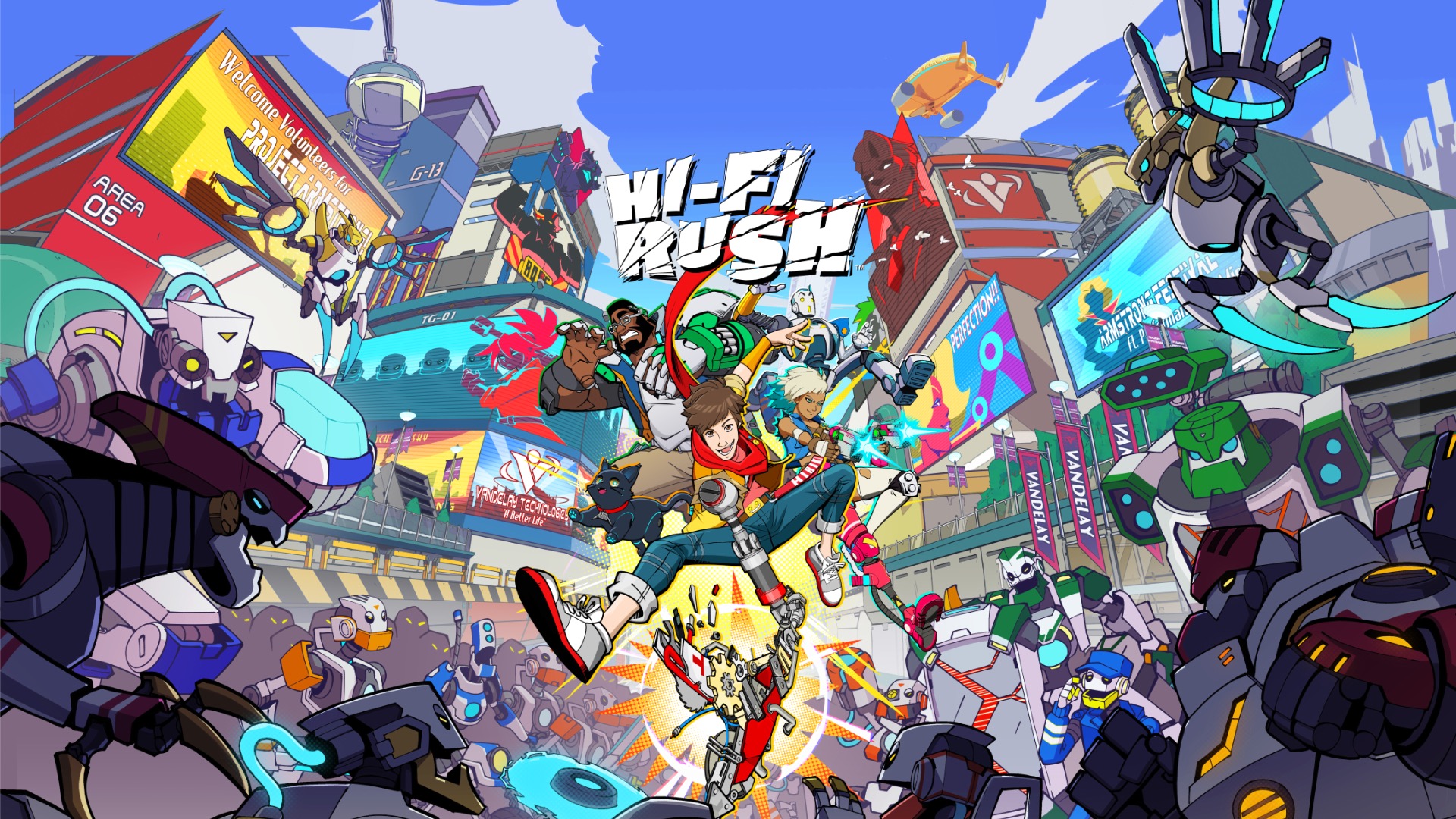
TA: I can’t believe we’ve spoken for almost half an hour and I haven’t even brought up the superlative music in Hi-Fi Rush. How important was it for you to get the licensed music that ended up in the final game?
JJ: While I wouldn’t say it was an absolute necessity in achieving the game’s goals, there is just something so satisfying about hearing a licensed track come in and land perfectly with a scene. With the concept early on being based on the game feeling like “a music video being edited around you,” having licensed music, in general, let us make that concept more literal. It also lets us play around with gameplay since instead of the tracks evolving around YOUR playstyle, it lets us set you up to sort of play against the track.
As for the song choices, I just felt that they would convey the vibe and gameplay situations correctly, so I fought hard on pursuing them and I am so happy we were able to use the tracks that we did. Some initial music choices had issues (and in the way we had to use the songs, there were A LOT of ways that would make the song either not approved or not able to be used), but I think every licensed song opportunity we used in the game we made sure it counted so it didn’t just feel like background music.
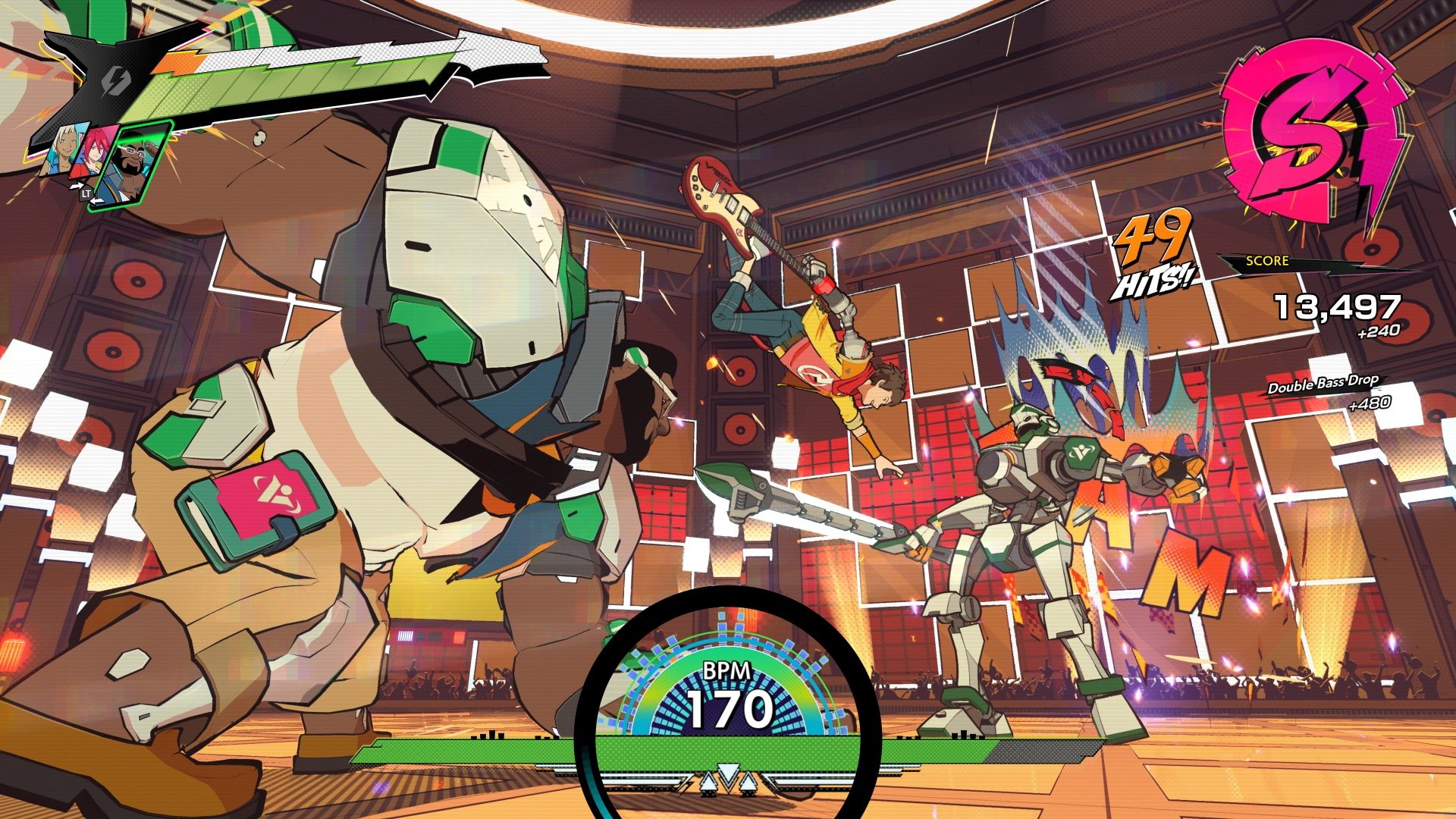
TA: The original score for the game is Bethesda’s best ever across its long history and franchises. How was it working on the soundtrack and lyrics?
JJ: While I absolutely love our original soundtrack, that’s quite a statement to call it Bethesda’s best ever (and a dangerous one to say out loud, so be careful laughs). My direct contributions to the soundtrack were honestly minimal (just the vocals on 3 songs), but I worked with the sound team to curate the sound styles for the stages to ensure a creative consistency with the mood of the game, the eventual segways into the licensed music, and how they would work with the story beats. It was more like a producer role which is still giving me too much credit, in my opinion. However, after giving guidance, hearing the demos and then evolving them into the version in the game, from Shuichi Kobori, Mastoshi Yanagi, and Reo Uratani for the in-game tracks, was an amazing experience. I would hear the demos which would get myself and the team excited about the section we were designing and then when it was working in-game, it literally would bring those sections of the game to life. And at the end of production is when the sound team would go the extra mile and add in all these neat flourishes and transitional elements to make each stage just feel so amazing and fun; it was just stacking these good vibes on one after another. They all did such an amazing job.
Hilariously, the lyrical sections were literally one of the last things we did and even the ending song started as a goof of me joking about the game when listening to the finished instrumental in the studio. We laughed, so then decided to take a vocal version of it. It wound up being a bit more sincere than the original “joke track” but I think it bookends the experience perfectly.
TA: If you could make a Hi-Fi Rush 2, would it be about Korsica and what bands would you like featured?
JJ: Hi-Fi Rush intentionally ends in a way that’s almost conclusive yet also feels like a pilot of a TV show in a “where do we go from here?” feel. So, in this theoretical magical world where you suggest the series continues on…I don’t really think anything is set in stone on what could happen, but just as the original game was such a surprise, I wouldn’t want to get anyone excited about what might or might NOT happen, you know?

TA: What are you currently playing, and what are your favorite games of 2023?
JJ: I played Spider-Man 2 and that was fantastic. I’m currently playing through Alan Wake 2, which is also fantastic. There are so many fantastic games this year that it’s like it’s hard to keep up with them. Those were the two recent ones. I just had to jump in and play, because they hit exactly the type of thing I was looking for.
I’d like to thank John Johanas, Elizabeth Gabriel, Adam Simon, and James Morton for their help and time during this interview.
Hopefully you enjoyed this extended interview with John Johanas of Tango Gameworks. Check out all of our interviews here.